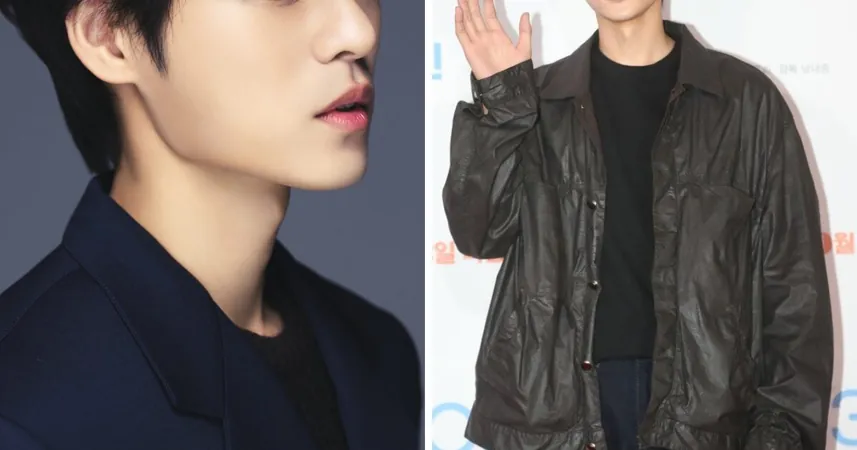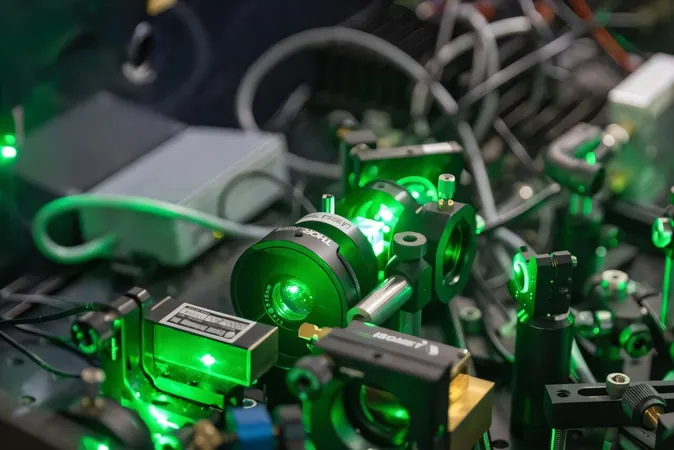
Unveiling the Secrets of Bolivia's 350-Year-Old Mummified Head: A Tale of Misidentification
2025-09-12
Author: Wei Ling
Mystery of the Mummified Head Revealed
A shocking revelation has emerged from Bolivia, where a long-thought Inca mummified head has been identified as belonging to an entirely different culture. Recent studies have uncovered that this 350-year-old relic harbors a history far more complex than anyone initially realized.
A Closer Look at the Findings
For over a century, this mummified head was believed to belong to an Inca man, but researchers have now pinpointed it to the Aymara, an Indigenous group from Bolivia. Claire Brizon, a renowned museologist from Switzerland, emphasizes that these remains are more than just bones; they represent individuals with rich stories and backgrounds.
This extraordinary analysis, published in the International Journal of Osteoarchaeology, examined the mummified skin, cranium, and upper neck, revealing striking features such as a conical skull and signs of trepanation—an ancient practice of cutting into the cranium that may have had spiritual significance.
Ritualistic Practices and Cultural Insights
The study suggests that the trepanation was not an emergency procedure; rather, it could have been performed for social or ritualistic reasons, as there are no indications of trauma on the skull. The research dives deep into how this individual may have been transformed by cranial deformation, a common practice among pre-Colombian civilizations, achieved by binding an infant's head over years.
Tracing History Through Specimens
The head was brought to the museum in Lausanne in 1914 by a Swiss collector who procured it during his travels in Bolivia in the 1870s. A note claimed it was an Inca artifact, but the team's findings contradicted that assertion, leading them to believe it was likely from a burial site known as a chullpa. Natural mummification occurred thanks to the region's cold, dry climate.
Responsible Research and Ethical Considerations
The researchers prioritized noninvasive techniques to respect the deceased's dignity. By avoiding destructive testing methods, they aimed to adhere to what the individual might have wished, acknowledging that decisions about further analysis should involve the communities linked to this history.
A Singular Case of Trepanation and Deformation
Paleopathologist Julia Gresky, though not part of the study, highlighted that she had never encountered a case where both cranial deformation and trepanation were present without clear trauma. The mystery persists—what caused the incomplete trepanation? Gresky poses a whimsical possibility: 'Maybe the person simply didn't want to continue.'
A Living Legacy Yet to be Recognized
Currently, the mummified head remains in a museum collection but is not on display. While there are no immediate plans for repatriation, the museum welcomes inquiries, signaling a growing interest in respecting and honoring the cultural heritage embedded in such artifacts.




 Brasil (PT)
Brasil (PT)
 Canada (EN)
Canada (EN)
 Chile (ES)
Chile (ES)
 Česko (CS)
Česko (CS)
 대한민국 (KO)
대한민국 (KO)
 España (ES)
España (ES)
 France (FR)
France (FR)
 Hong Kong (EN)
Hong Kong (EN)
 Italia (IT)
Italia (IT)
 日本 (JA)
日本 (JA)
 Magyarország (HU)
Magyarország (HU)
 Norge (NO)
Norge (NO)
 Polska (PL)
Polska (PL)
 Schweiz (DE)
Schweiz (DE)
 Singapore (EN)
Singapore (EN)
 Sverige (SV)
Sverige (SV)
 Suomi (FI)
Suomi (FI)
 Türkiye (TR)
Türkiye (TR)
 الإمارات العربية المتحدة (AR)
الإمارات العربية المتحدة (AR)